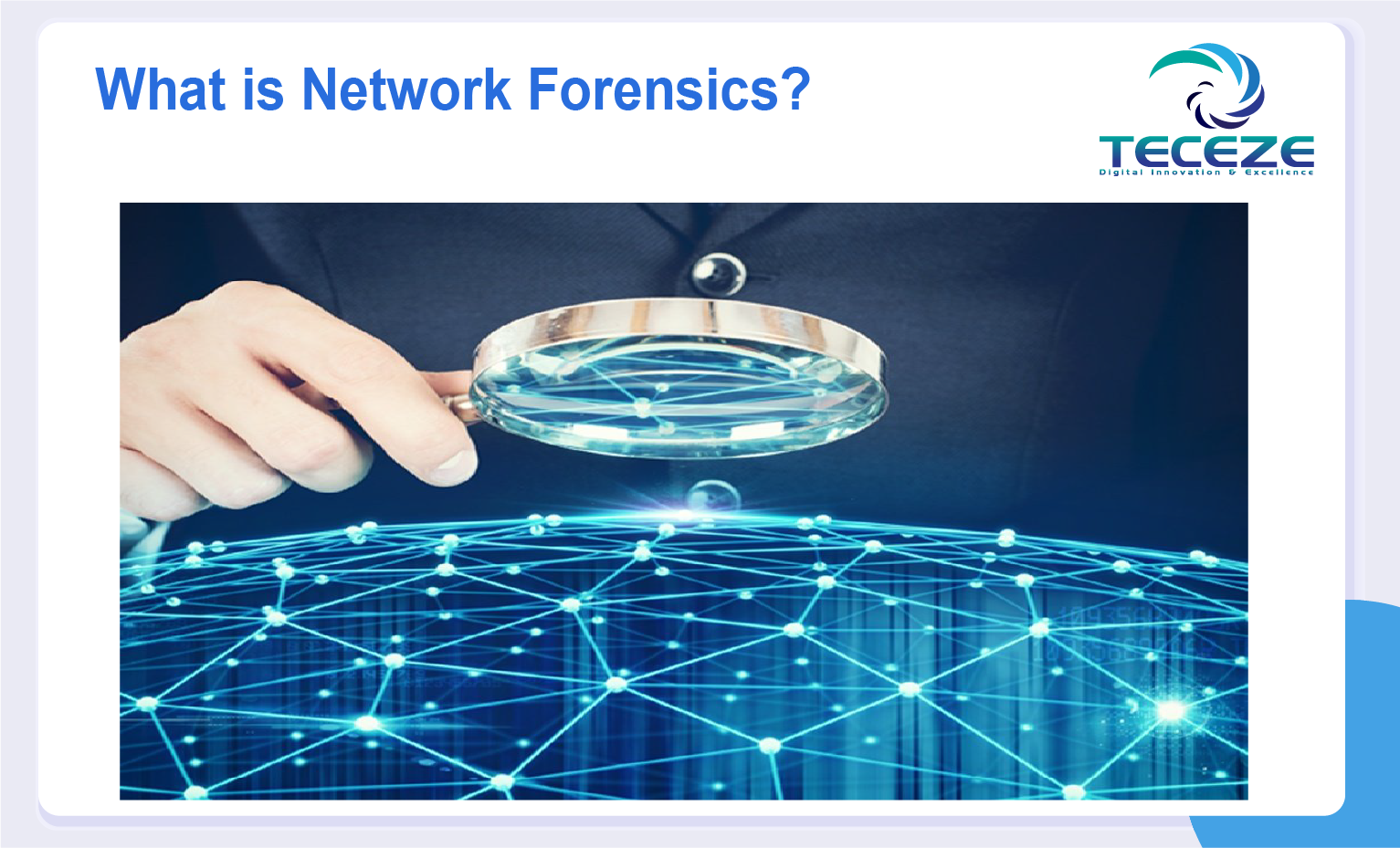What is Network Forensics?
Your server has just been wiped clean of all traces of an attack by a cybercriminal. Isn't it true that you'll never know where the attack came from or how much damage was done?
Not, if you're on the trail of a network forensic investigator. The ability to interpret data from the log and capture files, as well as identify malicious activity in the data are a unique skill that necessitates a thorough understanding of network and application protocols. This article provides a brief overview of network-based forensic investigations into alleged criminal activity involving information technology systems.
What exactly is Network Forensics?
Network forensics is a subset of digital forensics that deals with the collection and analysis of network traffic with the goal of better understanding and avoiding cybercrime. The importance of network forensics has grown in recent years, according to a report from the European Union Agency for Cybersecurity (ENISA), with the emergence and popularity of network-based services such as e-mails, Directory services, World Wide Web, and others.
Using network forensics, the entire contents of e-mails, instant messages, web browsing operations, and file transfers can be recovered and rebuilt to reveal the original transaction. The payload inside the highest-layer packet may end up on disc, but the envelope that delivered it is only captured in network traffic. For the investigator, the network protocol data that surrounded each conversation is often highly valuable.
What are the methods of Network Forensics?
“Stop, look, and listen” method: Administrators monitor each data packet that passes through the network, but only capture what is deemed suspicious and warrants further investigation. While this technique does not take up a lot of space, it does require a lot of processing power.
All network traffic is captured using the "catch it as you can" technique. It ensures that no significant network events are overlooked. This is a time-consuming process that reduces storage efficiency as storage volume increases.
Examinations of Network Forensics
The steps of a network forensics investigation are as follows:
Recognition
Because this step is the path to the case's conclusion, the identification process has a significant effect on the subsequent steps. The process of identifying and assessing an incident based on network indicators is included in this step.
Safeguarding
In the second step, the examiner would isolate the data for preservation and security purposes, preventing others from accessing the digital device and tampering with the digital evidence. Many software tools, such as Autopsy and Encase, are available for data preservation.
Accumulating
The act of documenting the physical scene and duplicating digital evidence using standardized processes and procedures is known as accumulating.
Observation
This procedure entails keeping track of all visible data. Many pieces of metadata from data may be discovered by the examiner, which may be useful in court.
Investigation
The investigation agents can reconstruct data fragments after recognizing and safeguarding the evidence (data). The agent draws a conclusion based on the evidence after analyzing the data. SIEM (Security Information and Event Management) software keeps track of what happens in the IT environment. With security information management (SIM), which gathers, analyses, and reports on log data, SIEM tools analyze log and event data in real-time to provide threat monitoring, event correlation, and incident response.
Documentation
Forensic is a legal term that means "to bring to the court". The procedure for summarizing and explaining conclusions has been completed. This should be written in layman's terms with abstracted terminologies, with all abstract terminologies referring to precise details.
Incident Response
The information gathered to validate and assess the incident led to the detection of an intrusion.
Conclusion
In a broad sense, forensics refers to anything that has to do with legal proceedings. Any organization that has been attacked should be able to recover quickly and effectively. In the case of Network Forensics, for example, if someone has sent an infected e-mail or if an attacker has broken into the webserver through a well-known vulnerability. Sony, Target, Home Depot, and a slew of other companies have been targeted and have suffered as a result. Companies are using intrusion detection systems, which help to perform a continuous wire recording in case an incident occurs, so there is a real need for forensics practitioners who can deal with network data.
Your server has just been wiped clean of all traces of an attack by a cybercriminal. Isn't it true that you'll never know where the attack came from or how much damage was done? Not, if you're on the trail of a network.
 Back to Insights
Back to Insights
 Previous
Previous 